Lighting Plastic Metal Parts
Here, you can find products related to Lighting plastic metal parts. We are a professional manufacturer specializing in the research and development, production, and sales of plastic metal components. We're dedicated to exporting these high-quality parts to the international market, constantly improving our quality control processes to ensure every product meets top standards.
If you want to learn more about our Lighting plastic metal parts, please visit our product page for detailed information including specifications, models, images, and prices.
Whether you're a business or an individual, we'll do our best to provide you with accurate and comprehensive details!

Lighting Mould
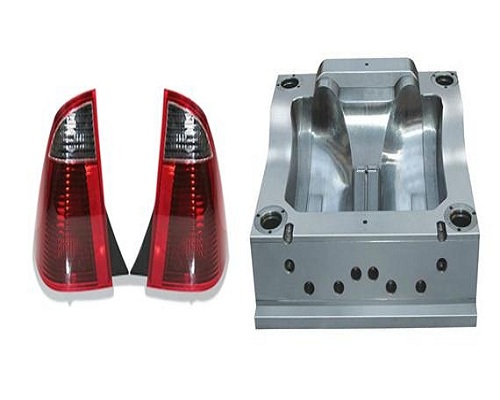
Lighting Mould
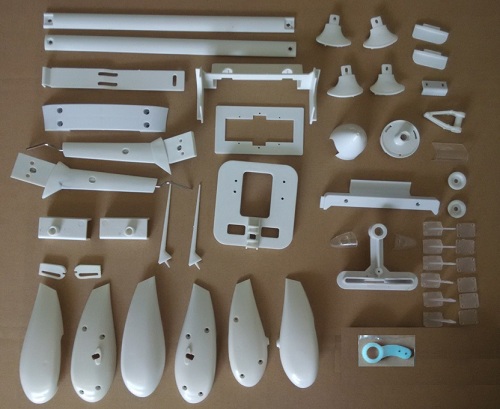
Lighting Parts

Lighting Part Mould
Lighting Plastic Metal Parts Making Service
Be good at product structure optimization and greatly reduce the cost of Plastic Metal Parts custom solutions
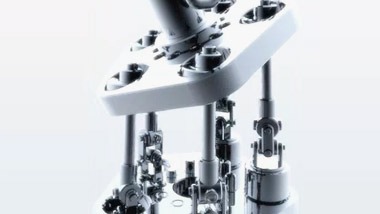
Part Design
Appearance and structural design
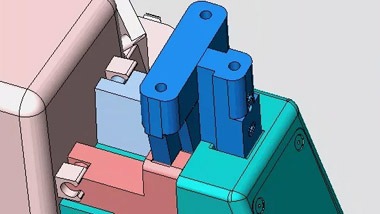
Mold Making
Design, DFM confirmation
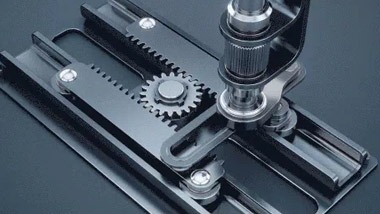
Product Production
Imported, high-speed equipment

Product Assembly
Incoming materials, inspection and assembly
Plastic Metal Parts are used in the Lighting industry
In the lighting industry, plastic and metal components are the highlight of the manufacturing process. These components are very convenient to use, not only saving money, but also allowing for the creation of various shapes and sizes of parts, making lighting design more flexible and versatile. Moreover, this production method is particularly precise and can produce high-quality components, which can have a significant impact on the performance of the lighting fixtures.
When it comes to saving money, plastic and metal parts are really good things. It can be produced on a large scale, with fast speed and low cost. The mold can be reused repeatedly, further reducing costs. For the lighting industry that requires continuous innovation, this is simply a blessing.
In terms of design, plastic and metal components are also skilled. No matter what shape or size the parts are, they can be easily handled. Manufacturers can also add ribs, inserts, or screw holes on the parts to make the design more colorful. In this way, it can ensure that the lighting fixtures are both aesthetically pleasing and practical.
In terms of precision, plastic and metal components are also impeccable. The molds are customized and can produce parts of specific shapes and sizes, with stable and reliable quality. In the lighting industry, this is particularly important because the shape and size of the components directly affect the performance of the lighting fixtures.
In terms of environmental protection, plastic and metal components also perform well. The mold can be reused, reducing waste. And many materials can also be recycled, which is both economical and environmentally friendly.
Of course, using lighting plastic and metal components is not without challenges. For example, complying with some environmental regulations may increase costs and complexity. But overall, with the continuous development of the lighting industry, plastic and metal components will definitely continue to play an important role in helping us create more and better lighting fixtures.
FAQ About Lighting Plastic Metal Parts
The most commonly used plastics in lighting fixtures are polycarbonate, acrylic, and polyethylene terephthalate (PET). Polycarbonate is favored for its high impact resistance and clarity, making it ideal for lenses and covers. Acrylic, on the other hand, is appreciated for its excellent light transmission and weatherability, often used in outdoor fixtures. PET is valued for its lightweight nature and recyclability, suitable for less critical components.
Metal parts play a crucial role in enhancing the durability and aesthetic appeal of lighting fixtures. They provide structural strength, allowing for more intricate designs that might be challenging with plastic alone. Metals like aluminum and stainless steel are often used for their corrosion resistance and thermal conductivity, which help dissipate heat effectively, extending the lifespan of LED components. Additionally, metal finishes can add a touch of elegance or industrial chic to the overall design.
Yes, there are several eco-friendly options available when selecting materials for lighting fixtures. Recycled plastics and metals reduce waste and energy consumption during production. Bamboo and other sustainable wood alternatives offer natural aesthetics while being renewable resources. Additionally, using LED technology, which consumes less power than traditional bulbs, contributes significantly to reducing carbon footprints. Opting for suppliers with sustainable practices further supports environmental conservation efforts.
Absolutely, mixing plastic and metal parts in a lighting fixture design is not only possible but also highly advantageous. This combination allows designers to leverage the best properties of both materials—plastic for its flexibility and moldability into complex shapes, and metal for its sturdiness and heat dissipation capabilities. For instance, a fixture could have a sleek metal frame with polycarbonate lenses, blending style with function seamlessly. It's all about finding the right balance to achieve the desired look and performance.
Temperature can significantly impact the lifespan of plastic parts in lighting fixtures. High temperatures may cause certain plastics to warp, degrade, or lose their transparency over time. To mitigate this, choosing heat-resistant plastics like polycarbonate or acrylic is key. These materials can withstand higher temperatures without compromising their structural integrity or optical clarity. Proper ventilation around heat-generating components and using thermal management strategies, such as heat sinks, can also prolong the life of plastic parts by preventing overheating.
To keep your lighting fixture's metal parts looking their best and functioning properly, regular cleaning is essential. Use a soft cloth with mild soap and water for routine cleaning, avoiding harsh chemicals that can damage finishes. For rust-prone areas, applying a thin layer of protective coating or wax annually can help prevent corrosion. Inspect for loose screws or connections periodically and tighten them as needed to maintain stability. If you notice any significant damage or wear, consider consulting a professional for repair or replacement to ensure safety and longevity.
Yes, customizing the color of plastic parts in lighting fixtures is entirely feasible and a popular choice among designers seeking unique aesthetics. Most plastic manufacturers offer a wide range of colors through additives during the manufacturing process. You can choose from standard colors or request custom shades to match specific design requirements. Keep in mind that certain colors may affect the material's UV resistance or heat tolerance, so it's important to discuss these factors with your supplier to ensure the final product meets both visual and functional needs.
The choice between anodized and painted metal finishes depends largely on the desired look, durability requirements, and budget considerations. Anodized finishes involve electrochemically treating the metal surface to create a hard, protective layer that resists corrosion and wear. They offer a sleek, modern appearance with a range of matte to glossy finishes. Painted finishes provide more color versatility and can mimic various textures, but they may require more maintenance over time due to potential chipping or fading. Consider the environment where the fixture will be installed—outdoor fixtures might benefit from the added protection of anodizing offers against the elements.
Definitely, weight is an important factor when designing lighting fixtures that incorporate both plastic and metal parts. While metal adds strength and durability, it also increases weight, which can impact installation logistics and safety, especially for ceiling-mounted or wall-hung fixtures. Plastic components can help offset this by providing lightweight yet sturdy alternatives for non-load-bearing areas. Balancing the distribution of weights within the fixture design ensures stability and ease of handling during installation. In some cases, engineers might use composite materials or hollow metal structures to achieve the desired strength-to-weight ratio.
The cost implications of choosing high-quality metal over plastic in lighting fixtures depend on several factors, including the type of metal, the complexity of the design, and the intended application. Generally, metals like brass, copper, or high-grade aluminum tend to be more expensive upfront compared to plastics due to material costs and fabrication processes. However, their longevity, durability often translate into lower maintenance and replacement costs over time, making them a cost-effective choice in the long run. Plastics, while initially cheaper, might need more frequent replacement if exposed to harsh conditions or heavy use. It's essential to weigh these factors alongside aesthetic preferences and functional requirements to make an informed decision that fits your project's budget and goals.